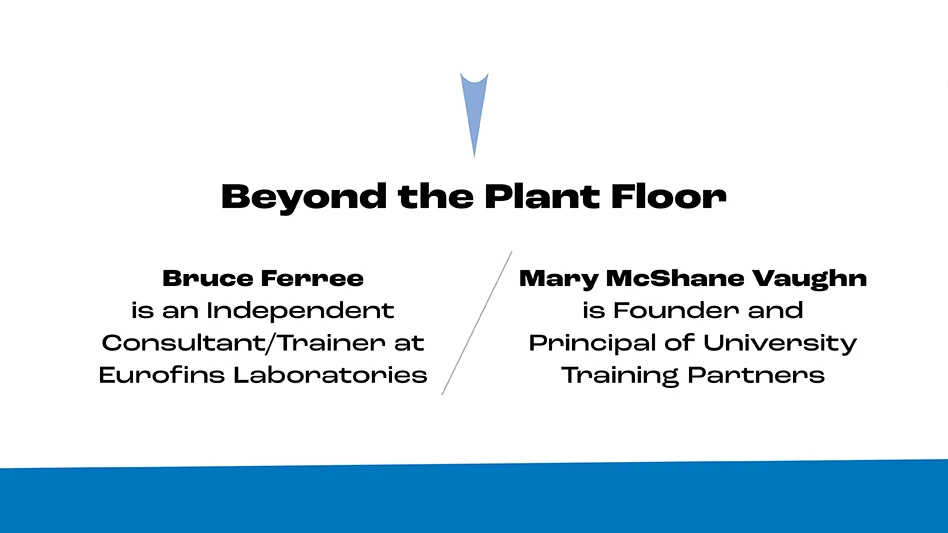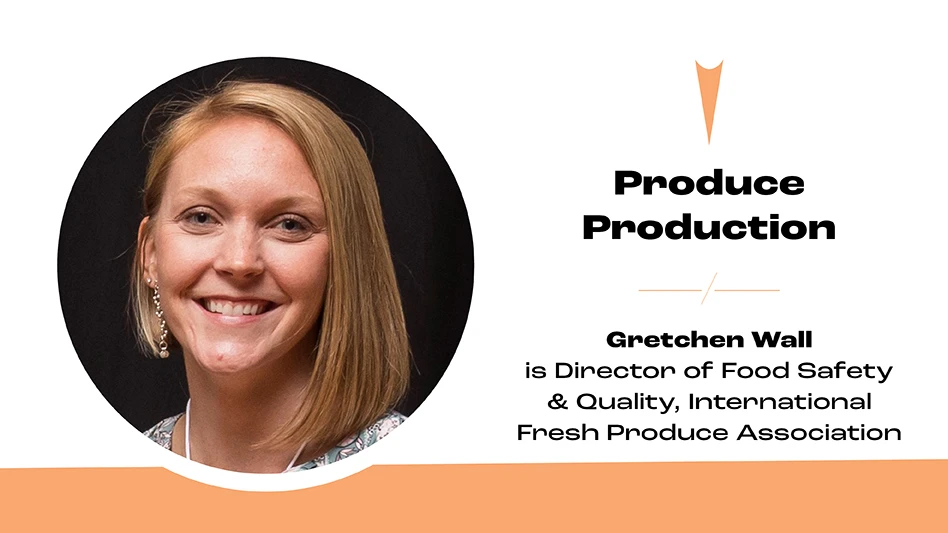Risk Assessment
5 Questions with Taylor Lecy, Hygiene Monitoring Field Application Scientist, Neogen
An effective Environmental Monitoring Program (EMP) is critical for maintaining food safety and quality in manufacturing facilities. Neogen Hygiene Monitoring Field Application Scientist Taylor Lecy explains how facilities can mitigate risks by identifying contamination risks, implementing strategic sampling and analyzing data.
More in Risk Assessment
Buying? Selling? Merging? How (and Why) to Do Your Due Diligence
A business seeking or considering a merger or acquisition should always conduct its own food safety due diligence first to detect and mitigate risks.
Allergen Management: A (Pre)cautionary Tale
Proactively prevent allergen recalls and mitigate risk by improving your current allergen management program.
FDA Issues Guidance on Foods Derived from Plants Produced Using Genome Editing
The guidance reaffirms that the risk-based approach the FDA has taken for foods derived from new plant varieties also applies to foods from genome-edited plants.
Ancera Unveils New Detection Tools to Support Food Safety in Poultry Industry
The company’s two new microbial detection tools are designed to identify and enumerate Clostridium perfringens and total viable bacteria in poultry.
JECFA’s Risk Assessment of Titanium Dioxide Released
The World Health Organization and the Food and Agriculture Organization Joint Expert Committee on Food Additives concluded that the available data did not provide convincing evidence of genotoxicity.
Allergen Recalls Remain a Problem for Food Producers. Here’s How to Help Mitigate Risk.
Proactively preventing allergen recalls by improving current allergen management programs is a hot topic for many food safety professionals.
Tracking Chemicals for Food Safety: A Risk Category Worth Our Attention
Staying informed helps everyone know what to look for so food chemical risks — among the myriad of others food safety professionals address — aren’t missed.
Cadmium Intake from Six Foods Analyzed by Age Group
A risk analysis from the Institute for the Advancement of Food and Nutrition Sciences found that 2- to 5-year-old children were the most highly exposed group next to 6- to 24-month-old children to the metal cadmium from six common foods in a comparison across diet surveys.
Sampling’s Effect on Quality Management Decisions
Can our sampling methods ensure results are more representative and thus more believable?
Risk Assessment and Hazard Analysis: Turning Instinct into Action
What soft skills for food safety professionals and teams are the key to successfully assessing hazards and reducing risks?
















